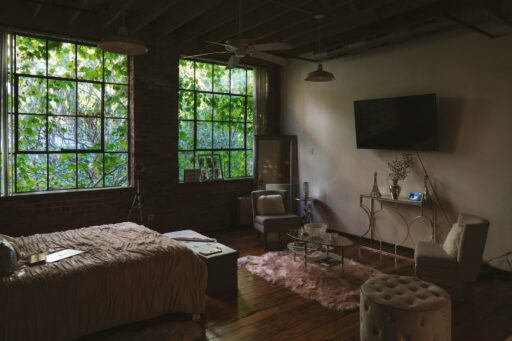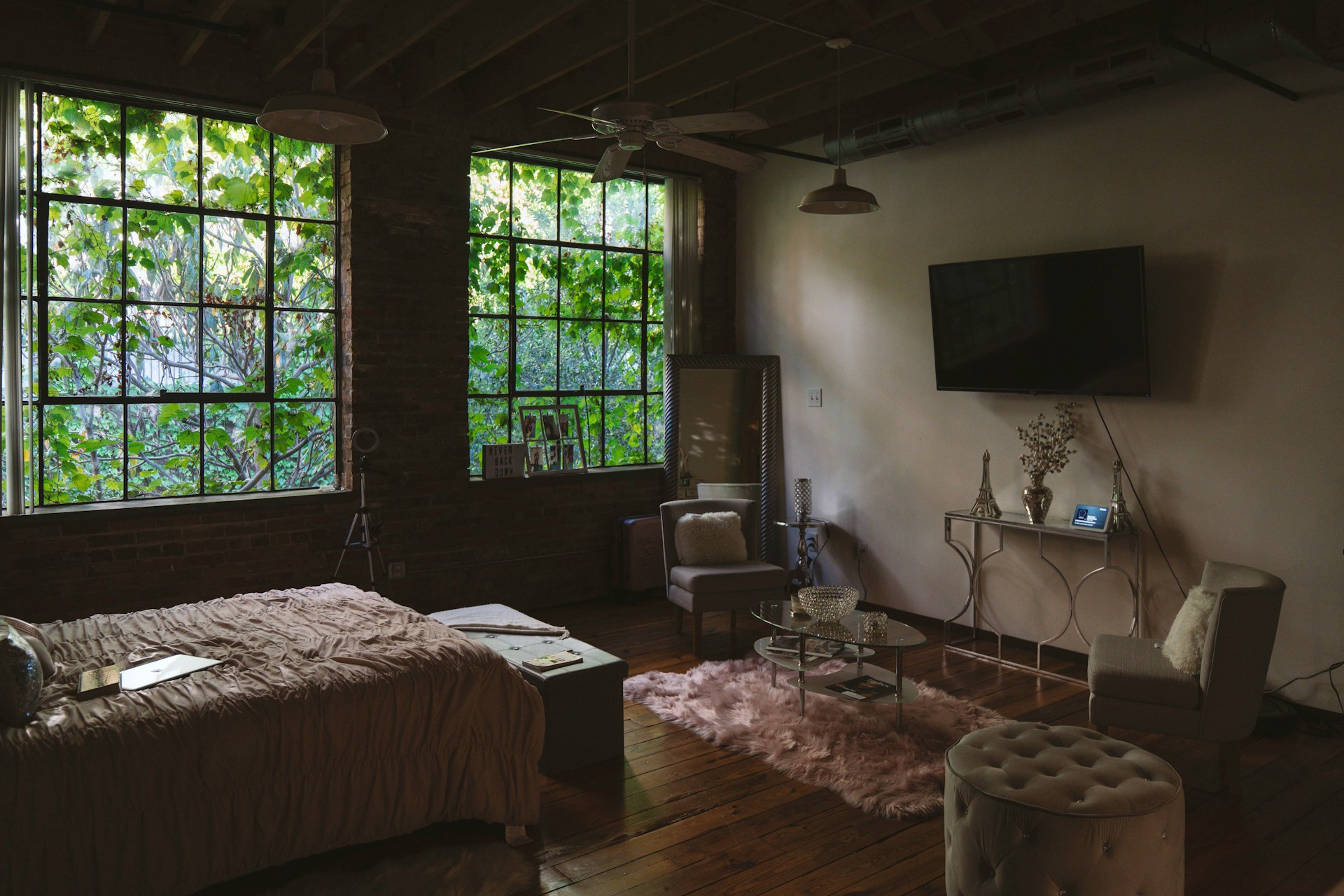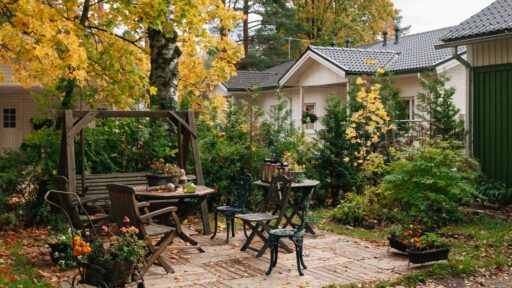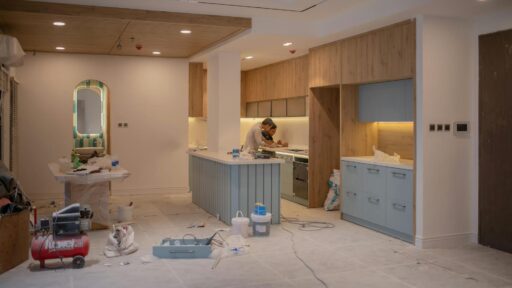When your home doesn’t feel quite right—too hot, too cold, too stuffy—it’s not just your imagination. Your house might be waving a big red flag, and you’ve just been brushing it off like yesterday’s mail.
Ignoring comfort issues doesn’t make them go away. It can hit you where it hurts most—your wallet and your sanity. Let’s break down the subtle signs your home is trying to tell you something’s off.
Why Is My House Always Too Hot or Too Cold?
If your home temperature feels more like a coin toss than climate control, something’s up. Maybe your thermostat says 72, but your body says, “grab a blanket” or “where’s the fan?” That’s not balance—that’s dysfunction.
This issue might come from a few sources: leaky windows, bad insulation, or an HVAC system that’s not working well anymore.
Here’s the kicker: most people adjust to it. They layer up, crank a space heater, or just avoid certain rooms. But temporary fixes aren’t solutions—they’re signs you’re putting off the inevitable.
Don’t get stuck in the “I’ll fix it someday” mindset. Comfort inconsistencies are your home’s version of a check-engine light.
What Causes Uneven Room Temperatures in a Home?
Ever notice your upstairs bedroom feels like a sauna, while the living room is colder than your ex’s voicemail? You’re not alone. Uneven temperatures can sneak up on you, and they often hint at deeper issues.
Most commonly, they are caused by:
- Poor ductwork design
- Blocked or leaking air vents
- Faulty zoning systems
- Poor attic insulation
- Sunlight exposure and unshaded windows.
Sometimes, airflow never has a fighting chance. If your home wasn’t built with modern comfort in mind, your system might not be designed to heat and cool rooms evenly. Over time, even a well-installed system can struggle to keep up.
An HVAC contractor can identify airflow issues and propose practical solutions in a short amount of time. This way, you can avoid guesswork and stop constantly adjusting the thermostat.
Are Drafts in My Home a Sign of Poor Insulation?
Short answer? Yes. And it’s not just uncomfortable—it’s expensive.
Drafts are sneaky. You feel them when you’re curled up on the couch or walking down a hallway. A chill on your ankles. A slight chill sneaks in by the window, even when it’s shut tight. They may not seem serious, but they’re silent energy thieves.
What’s behind them? Often, the issues are old weather stripping, gaps around windows and doors, or thin insulation in the walls and attic.
You wouldn’t leave your front door cracked open all winter, right? Drafts are the same thing, just less obvious and more annoying.
How Can Humidity Levels Affect Home Comfort?
Humidity isn’t just a summer thing. If you’ve ever felt sticky indoors in July or bone-dry in January, your home’s humidity balance might be out of whack.
Too much humidity? Your house feels muggy, smells musty, and may even grow mold in hidden corners.
Too little? You wake up with dry skin, a sore throat, and that awful static cling that makes your clothes stick like glue.
Balanced humidity isn’t a luxury. It’s essential for comfort and health. A good HVAC system should regulate it. If yours isn’t cutting it, it might be time for a tune-up or a dehumidifier/humidifier combo.
Your home isn’t a rainforest or a desert. Keep it somewhere in between.
Is My HVAC System the Reason for Discomfort at Home?
If your HVAC system sounds like a jet taking off—or worse, it’s whisper-quiet but ineffective—it could be the root of your comfort woes.
Plenty of people think, “If it’s on, it’s doing its job.” Well, not quite. An HVAC system can be running nonstop and still do a lousy job. That usually points to one of three things:
- The system is too old.
- It’s the wrong size for your home.
- It hasn’t been maintained in ages.
Routine maintenance can stretch the lifespan and boost the efficiency of your unit. But if it’s more than 10 to 15 years old, you might be better off upgrading. Yes, it’s an investment. But it pays off in both comfort and lower energy bills.
Think of it like an old car—it might still run, but how reliable is it for long trips?
What Are the Warning Signs of Poor Indoor Airflow?
Airflow issues are easy to ignore… until they aren’t. When your house feels stuffy, stale, or just plain “off,” don’t overlook airflow as the culprit.
Some dead giveaways:
- Vents are blowing weak air.
- Pockets of heat and chill are fighting for space.
- Stale odors that won’t go away.
- Dust buildup around the vents.
Poor airflow usually means your system is straining or blocked. A clogged filter, crushed duct, or oversized furniture blocking a vent can throw your whole system out of balance.
A quick filter swap or a furniture shuffle might help. But if the problems persist, get a professional to take a look.
Final Thoughts: Don’t Ignore the Small Comfort Clues in Your Home
Comfort problems don’t always show up with flashing lights and blaring alarms. They whisper. They nudge. And if you ignore them long enough, they start yelling—usually with higher bills and constant frustration.
Your home should be your haven, not a place you have to “deal with.” Watch for these signs: strange temperatures, drafts that won’t go away, HVAC acting up, and humidity changes. They all tell a story.
And if you’re tired of the guesswork? Call in a pro. Sometimes the fix is simpler (and cheaper) than you think.
Want your home to feel like home again? It might be time to listen to what your house has been trying to say all along.
FAQs
What causes inconsistent temperatures in my home?
Inconsistent temperatures often come from poor insulation, leaky ducts, or an aging HVAC system.
Are drafts a serious problem?
Yes, drafts mean energy loss and poor insulation. They can drive up utility costs fast.
How does humidity affect comfort?
Too much feels sticky; too little causes dryness. Both make your home uncomfortable.
What’s a sign of poor air flow?
Weak air from vents, musty smells, and uneven cooling are common clues.
When should I call an HVAC contractor?
If basic fixes don’t help, bring in a pro to inspect and solve the issue.








